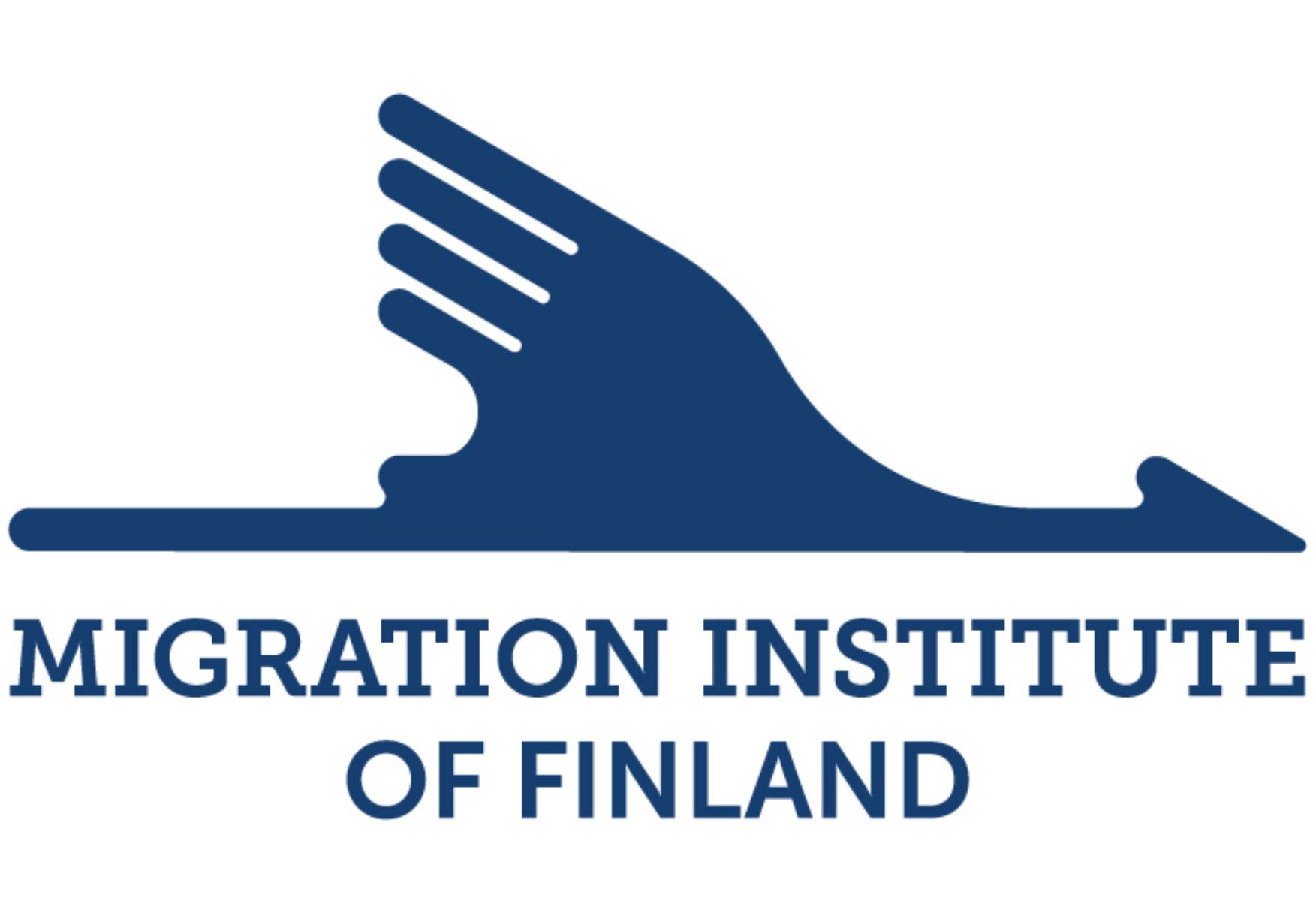Immigrations studies have become one of the key research areas of the Migration Institute of Finland at the same time as immigration to Finland has increased and the immigrant population has increased.
Over the centuries, people have moved to Finland from all over. Many have come from the adjacent areas, especially from the Baltic Sea area. In addition, during Swedish and Russian rule, merchants, soldiers and functionaries among others arrived with the rulers from different parts of the dominant country. Some immigrants continued their journey but some settled down in Finland. This is how, for example, the German, Russian and Tatar minorities were formed.
Immigration to Finland has been increasing since the 1990s. Even though the majority of immigrants have still arrived from the adjacent areas and rest of Europe, the number of people arriving from a greater distance has also increased.
In the 21st century, on average 26,000 people have moved to Finland annually and a clear majority of those people have been foreigners. In 2017, the number of people born abroad was 373,000, which corresponds to 6.8% of the total population.
Immigrants form a very diverse group of people, including returning migrants, people marrying someone living in Finland, children coming with families, people moving for work and studies, and refugees and asylum seekers. The majority comprises working-age adults.

